Insights
2026 AI Marketing Predictions: What Marketing Directors Need to Prepare For
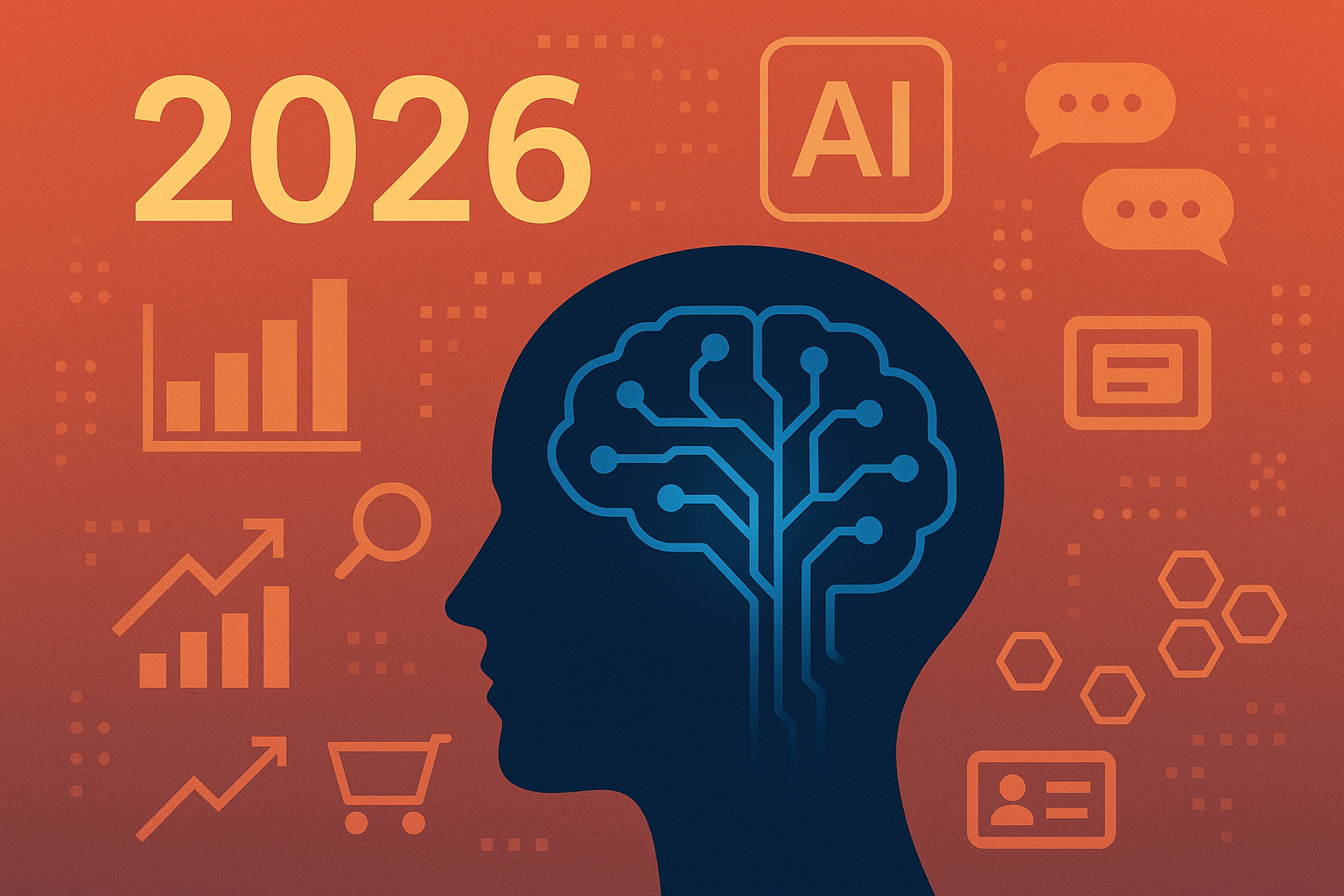
Key Takeaways
- AI marketing market approaching $47 billion with 88% of marketers using AI daily - this isn't a trend anymore, it's table stakes
- Hyper-personalization will deliver 35% increase in purchase frequency - we're talking content that adapts in real-time to each viewer
- 80% of creative teams will use generative AI daily by 2026 - AI becomes the co-pilot, not the replacement
- Traditional search traffic expected to drop 25% by 2026 - AI chatbots are eating Google's lunch
- Zero-party data becoming the most valuable marketing asset - customers willingly sharing data beats tracking them any day
- Autonomous AI agents will manage entire campaigns - from strategy to execution with minimal human input
- Content authenticity tech adoption hitting 60% of CMOs - fighting deepfakes and AI-generated misinformation
- Marketing teams saving 1-5 hours weekly already - and that's just the beginning of operational transformation
Hyper-personalization moves from segmentation to one-to-one at scale
What's the difference between today's personalization and what's coming in 2026? Think of it this way - right now, you might show different homepage banners to "millennials in urban areas" versus "suburban parents." That's cute, but it's about as personalized as a horoscope.
By 2026, AI will push marketing into true one-to-one personalization at scale. We're talking about websites that literally reconfigure themselves on the fly based on who's looking at them. Not just swapping out a hero image - the entire experience morphs to match each visitor's context, timing, even real-world events happening around them.
Here's where it gets wild. AI isn't just reacting anymore - it's predicting. Predictive personalization engines analyze browsing patterns, time of day, location, weather, stock market movements, whatever signals matter to your business. They anticipate what a customer wants before they even know they want it.
The numbers don't lie:
- 91% of consumers prefer brands with personalized experiences
- AI-driven personalization shows 35% increase in purchase frequency
- 21% boost in average order value when done right
So how do you actually prepare for this? Start by getting your data house in order. Can't personalize if your customer data is scattered across seventeen different platforms. Tools like Dynamic Yield and Persado are already enabling real-time personalization, but they need clean, unified data to work with. Your conversion rate optimization strategy needs to evolve from "test different button colors" to "test different experiences for different people."
Create modular content that AI can mix and match. Instead of writing one product description, write five variations focusing on different benefits. Let the AI figure out which resonates with each visitor. And please, measure everything - if you're not tracking engagement lifts from personalization efforts, you're flying blind.
Predictive analytics and the death of static lead scoring
Remember when lead scoring meant giving someone 10 points for opening an email and 50 points for downloading a whitepaper? Yeah, that's about as sophisticated as using a sundial to time your morning commute.
AI is transforming lead scoring from a static points game into a continuously learning prediction engine. Instead of arbitrary rules, machine learning models analyze vast data streams to forecast which leads are actually ready to buy. Not just "engaged" - actually ready to pull out their credit card.
What makes this different? AI looks at behavioral patterns over time. It might notice that prospects who view your pricing page on mobile between 7-9 PM after visiting three specific product pages convert at 73% within five days. Try spotting that pattern manually. The algorithms weight hundreds of signals - CRM interactions, content downloads, chatbot conversations, even third-party intent data - creating a holistic score that updates in real-time.
The payoff? Higher-quality leads for sales, shorter sales cycles, and way better conversion rates. Your sales team stops wasting time on tire-kickers and focuses on prospects who are genuinely ready to buy.
Getting started with predictive analytics isn't rocket science, but it does require commitment:
- Connect your martech stack properly - CRM, web analytics, marketing automation need to talk to each other
- Partner with data science teams or vendors who actually know what they're doing
- Create feedback loops where sales outcomes train the model further
- Apply similar thinking beyond lead scoring - churn prediction, lifetime value estimation, campaign response modeling
Your analytics expertise becomes crucial here. By 2026, marketing directors who can't speak data will be like drivers who can't read road signs. The good news? AI makes complex analytics accessible - you don't need a PhD in statistics, just willingness to trust the machines (with appropriate oversight, obviosly).
Growth marketing in 2026 means letting AI handle the number-crunching while humans focus on strategy and creativity. The companies already doing this are seeing decision-making speed improve by 78% and forecasting accuracy jump nearly 50%.
Generative AI as your creative co-pilot (not replacement)
Here's a prediction that'll make creatives breathe easier: by 2026, 80% of creative talent will use generative AI daily. But - and this is important - companies will actually increase spending on creative talent to leverage these tools properly.
Think of generative AI as the world's best intern who never sleeps, never complains, and can create 1,000 variations of ad copy before you finish your morning coffee. We're already seeing brands use GPT-4 tools to produce blog posts, product descriptions, and ad copy in their brand voice. Video generators like Synthesia create custom videos on demand.
But here's where it gets interesting. By 2026, AI won't just create individual assets - it'll orchestrate entire campaigns. Imagine telling an AI: "We're launching a summer campaign targeting Gen Z beach-goers" and it generates a complete family of assets - emails, social posts, banner ads, short videos - all coordinated across channels with micro-variations for different segments.
What's even cooler? AI is becoming a creative partner, not just a production assistant. Advanced platforms analyze consumer sentiment and cultural trends to suggest campaign concepts. They surface "unspoken truths" or unexpected angles that resonate with audiences. It's like having a strategic planner who's read every tweet, watched every TikTok, and analyzed every trend report.
For marketing leaders, embracing generative AI means:
- Embedding tools in workflows NOW - train your team to co-create with AI
- Establishing clear human + AI processes with checkpoints for brand voice and accuracy
- Using AI for personalization at scale - different product descriptions for different segments
- Investing in content authenticity (more on this later)
Your artificial intelligence capabilities become a competitive advantage. Teams using AI for copywriting services report not just faster output, but better performance - AI can test and optimize headlines in ways humans simply can't match for speed.
The trick is balance. AI handles the heavy lifting of content production and optimization, while humans provide strategic direction, emotional intelligence, and that spark of genuine creativity that makes campaigns memorable. Get this right, and you're looking at 10x content output without sacrificing quality.
Marketing operations: from automation to AI strategy partner
Alright, let's talk about how AI is completely reshaping how marketing departments actually run. As of right now, 83% of marketers say AI has made their teams more efficient, with nearly half saving 1-5 hours per week. But that's just the appetizer.
By 2026, AI evolves from helpful assistant to crucial strategic partner. We're not talking about AI that just sends emails or optimizes bids anymore. We're talking about AI systems that help chart marketing strategy - forecasting trends, identifying emerging segments, even running campaign simulations before you spend a dime.
Picture this: An AI analyzes your historical campaign data, current market signals, competitive moves, and cultural trends. Then it suggests your optimal media mix for next quarter. Or it runs thousands of scenarios to predict which campaign concept will deliver the best ROI. This isn't science fiction - companies using AI-driven analytics are already seeing 78% faster decisions and 50% better forecasting accuracy.
On the operations side, we're approaching true end-to-end automation. AI handles:
- Budget pacing across channels
- A/B test monitoring and optimization
- Social media scheduling and response
- Programmatic media buying
- Performance anomaly detection
- Real-time campaign adjustments
By 2026, expect marketing ops platforms with AI "copilots" that monitor everything, flag opportunities, and auto-adjust parameters to continuously optimize performance. This closed-loop automation frees humans for actual strategic work.
Your digital strategy needs to account for this shift. Start by:
- Automating repetitive tasks immediately - if a human does it the same way twice, AI should do it
- Using AI insights in planning sessions - let predictive models inform your targets
- Training teams for AI-augmented roles - success means knowing what questions to ask AI
- Measuring ROI religiously - executives want to see returns on AI investment
The key question for marketing tools integration becomes: how well do your systems play with AI? Marketing directors who figure this out early will have teams that move faster, predict better, and iterate deeper than their competition.
Autonomous agents running entire campaign cycles
OK, this is where things get a bit sci-fi. By 2026, we're looking at autonomous marketing agents - AI entities that can plan and execute marketing functions with minimal human oversight.
Companies like Omneky already deploy AI agents that generate ad creatives, launch them on Meta or Google, and continuously optimize spend and targeting - all on autopilot. Adobe's showing off AI agents that adjust campaigns in real-time based on user behavior. But that's today. By 2026? We're talking about delegating entire campaign cycles to AI teams.
Imagine briefing an AI agent (or team of specialized agents) that then:
- Conducts market research
- Formulates campaign strategy
- Produces creative content
- Determines budget allocation
- Launches across channels
- Monitors performance
- Learns and iterates
It's essentially a digital marketing department. New frameworks from Anthropic and Google let these agents share context and collaborate, crucial for complex multi-channel orchestration.
But hold up - before you hand over the keys to the kingdom, there are serious considerations. Trust, brand safety, and strategic alignment become critical. You can't have AI agents sacrificing brand reputation for short-term gains or violating privacy laws chasing conversions.
Preparing for autonomous agents requires:
- Running contained pilot programs first - maybe let AI manage one PPC campaign
- Establishing clear guardrails - spend limits, brand guidelines, escalation triggers
- Creating oversight roles - someone needs to watch the watchers
- Planning human-AI collaboration models - humans set strategy, AI handles execution
The sweet spot? A hybrid approach where humans provide strategic direction and creative vision while AI agents handle the complex execution details. Think of it as having an army of tireless specialists who never miss a detail but still need a general calling the shots.
Smart campaign management integration means building systems where these AI agents can operate effectively while staying aligned with broader marketing goals. By 2026, "marketing operations controller" might be the hottest job title - someone who manages fleets of AI agents like a conductor leading an orchestra.
The search revolution: from SEO to GEO (Generative Engine Optimization)
Brace yourself for this one: by 2026, traditional search engine volume will drop 25%. A quarter of Google searches - gone. Where'd they go? Into AI chatbots and virtual assistants.
Think about your own behavior. How often do you ask ChatGPT, Claude, or Perplexity something instead of Googling it? Now multiply that trend by everyone. Suddenly, ranking #1 on Google matters less if nobody's looking at search results pages anymore.
This shift rivals the mobile revolution in impact. Instead of scrolling through blue links, people have conversations with AI to get recommendations. Which means brands need to be visible and persuasive in AI-generated responses, not just traditional search rankings.
Enter Generative Engine Optimization (GEO) - SEO's smarter cousin. Instead of optimizing for Google's algorithm, you're optimizing for AI systems that synthesize information. This means:
- Structuring data so AI can easily extract facts about your products
- Creating content that AI deems authoritative and helpful
- Building your own conversational AI interfaces
- Getting "indexed" in AI training data
Some companies are already figuring out how to ensure AI assistants cite their brand when answering relevant questions. It's like SEO, but for chatbot brains.
Beyond search, AI is transforming how customers interact with brands entirely. Virtual assistants handle more customer service and sales inquiries. AI chatbots engage visitors in personalized dialogue. We're even seeing AI-powered virtual influencers - imagine a brand ambassador that never sleeps and can handle thousands of conversations simultaneously.
Your AI search optimization strategy needs a complete overhaul:
- Keep producing authoritative content, but structure it for AI consumption
- Focus on long-tail, question-based content matching how people prompt chatbots
- Monitor how AI references your content with visibility audits
- Diversify traffic sources since traditional SEO services alone won't cut it
Marketing directors heavily dependent on organic search traffic? Time to panic a little. Then adapt. Build communities, invest in email, explore AI-driven referral programs. And watch for new ad formats within AI experiences - "sponsored answers" might be the new AdWords.
Zero-party data: the new marketing currency
Quick quiz: What's more valuable - data you sneakily collect about customers through tracking pixels, or data they voluntarily hand you with a smile? If you picked option two, congratulations, you understand why zero-party data will become the most valuable form of data by 2026.
Zero-party data is information customers explicitly provide - preferences, intentions, survey answers, quiz results. Not inferred from behavior, but straight-up told to you. "I prefer blue shirts," "I'm shopping for my teenage daughter," "I hate emails on weekends." Gold.
The shift is already happening. With cookies crumbling faster than a nature valley granola bar, marketers are leaning into zero-party strategies out of necessity. But here's the beautiful part - asking customers for data (with proper value exchange) yields richer, more accurate insights than creepy tracking ever did.
The numbers back this up:
- 69% of consumers appreciate personalization based on data they gave voluntarily
- 85% more likely to buy from brands they trust with their data
- Brands using quiz-based data collection see 2.6x higher email CTR
So how do you build a zero-party data strategy that doesn't suck?
- Create value exchanges - quizzes, preference centers, loyalty program perks
- Implement proper preference management - let users control communication frequency/topics
- Use progressive profiling - gather info over time, not all at once
- Be transparent about usage - "You said you love winter gear, check out these arrivals!"
Your data security policy becomes a selling point, not fine print. Customers willingly share more when they trust you'll use it responsibly. This is especially crucial for ecommerce solutions where personalization directly impacts conversion.
One company reduced unsubscribes by 35% just by letting users choose email topics. Another saw cart abandonment emails perform 23% better when referencing stated preferences. Privacy-first doesn't mean less personal - it means more personal, done ethically.
By 2026, expect even stricter regulations. Some predict the EU might ban all cross-site tracking. Marketing directors who build robust zero-party data strategies now won't just be compliant - they'll have competitive advantage through deeper, consensual customer relationships.
Trust and authenticity in the age of AI everything
In a world where AI can generate perfect product reviews, create celebrity deepfakes, and spin up entire fake news sites in minutes, trust becomes everything. That's why 60% of CMOs will adopt content authenticity technologies by 2026.
Content authenticity tech includes watermarking systems, verification tools, deepfake detection - basically anything that helps prove "this is real, we made it, trust us." Because the alternative is scary. Imagine AI-generated negative reviews flooding your product pages. Or fake news about your CEO going viral. Or competitors creating knockoff versions of your ads.
Beyond tech solutions, there's a bigger mandate: ethical AI governance. Responsible AI isn't optional anymore. With 127 countries passing AI laws by 2025, compliance is just table stakes. The real game is reputation.
One AI chatbot saying something offensive. One biased targeting incident. One privacy violation. That's all it takes to destroy years of brand building. Companies prioritizing ethics now - clear policies, bias monitoring, transparency - will maintain consumer confidence while others scramble to catch up.
Building trust-centric AI marketing means:
- Adopting authenticity tools early - join initiatives like Content Authenticity Initiative
- Establishing AI ethics frameworks proactively - don't wait for regulations
- Being radically transparent - if AI is involved, say so
- Preparing crisis plans - AI will make mistakes, be ready
Your brand strategy must account for this new reality. Consider: if customers can't tell what's real anymore, being provably authentic becomes a massive differentiator. Smart brands will make transparency a feature, not a bug.
Magnet's approach to integrated marketing recognizes this shift. It's not enough to use AI effectively - you must use it ethically, transparently, and in ways that build rather than erode trust. Companies that nail this balance will thrive. Those that don't? Well, let's just say 2026 won't be kind to brands that play fast and loose with AI ethics.
The formula is simple but not easy: AI efficiency + human oversight + radical transparency = sustainable competitive advantage. Miss any element and you're either inefficient, untrustworthy, or both.
Frequently Asked Questions
What budget should marketing directors allocate for AI implementation by 2026?Start with 10-15% of your marketing technology budget for AI tools and training. Most critical investments: predictive analytics platform ($50-100k/year), generative AI content tools ($20-30k/year), and team training ($30-50k). Remember, AI often pays for itself through efficiency gains - teams report saving 5+ hours weekly, which adds up fast.
How quickly will we see ROI from AI marketing investments?Expect 3-6 months for operational efficiency gains (time savings, faster content production). Revenue impact typically shows at 6-12 months as predictive models learn and personalization improves. Early adopters report 20-35% improvement in key metrics within the first year. The key? Start small, measure everything, scale what works.
What team structure changes are needed for AI integration?You'll need new hybrid roles: AI Marketing Specialists who bridge tech and creative, Marketing Operations Controllers managing AI agents, and Data Translators who turn insights into strategy. Upskill existing team members - they know your brand better than any new hire. Consider appointing an AI Ethics Officer to oversee governance.
How do we balance AI automation with maintaining human creativity?Think 80/20 rule: AI handles 80% of production and optimization, humans own 20% that requires emotional intelligence, strategic thinking, and genuine creativity. Use AI to eliminate drudgery so humans can focus on big ideas. Set clear boundaries - AI suggests, humans decide on anything touching brand voice or values.
Should we build AI capabilities in-house or partner with agencies?Both. Build core competencies in-house (basic AI tool usage, data management, strategy) but partner with specialists for advanced capabilities. Agencies like Magnet bring expertise across AI tools and proven frameworks. The best approach? Internal team for day-to-day, external partners for transformation and specialized needs.
What if our industry seems too traditional or regulated for AI marketing?Every industry said that about digital marketing 20 years ago. Healthcare, financial services, B2B industrials - all finding AI applications within compliance frameworks. Start with internal efficiencies (content creation, analytics) before customer-facing uses. Regulated industries often see bigger gains because they're starting from further behind.
How do we prepare for the shift from SEO to GEO?Don't abandon SEO - search isn't disappearing, just evolving. Dual strategy: maintain traditional SEO while building for AI discovery. Create comprehensive, question-focused content. Structure data for AI consumption. Build direct relationships (email, community) to reduce search dependence. Most importantly, monitor how AI assistants reference your brand and adjust accordingly.
What's the biggest risk marketing directors face if they don't prepare for 2026?Irrelevance. Competitors using AI will move 10x faster, personalize better, and operate more efficiently. You'll be bringing a knife to a gunfight. The knowledge gap compounds - teams that start AI adoption now build capabilities that take years to develop. Wait too long and you're not just behind, you're unable to catch up. The time to act isn't 2026 - it's now.

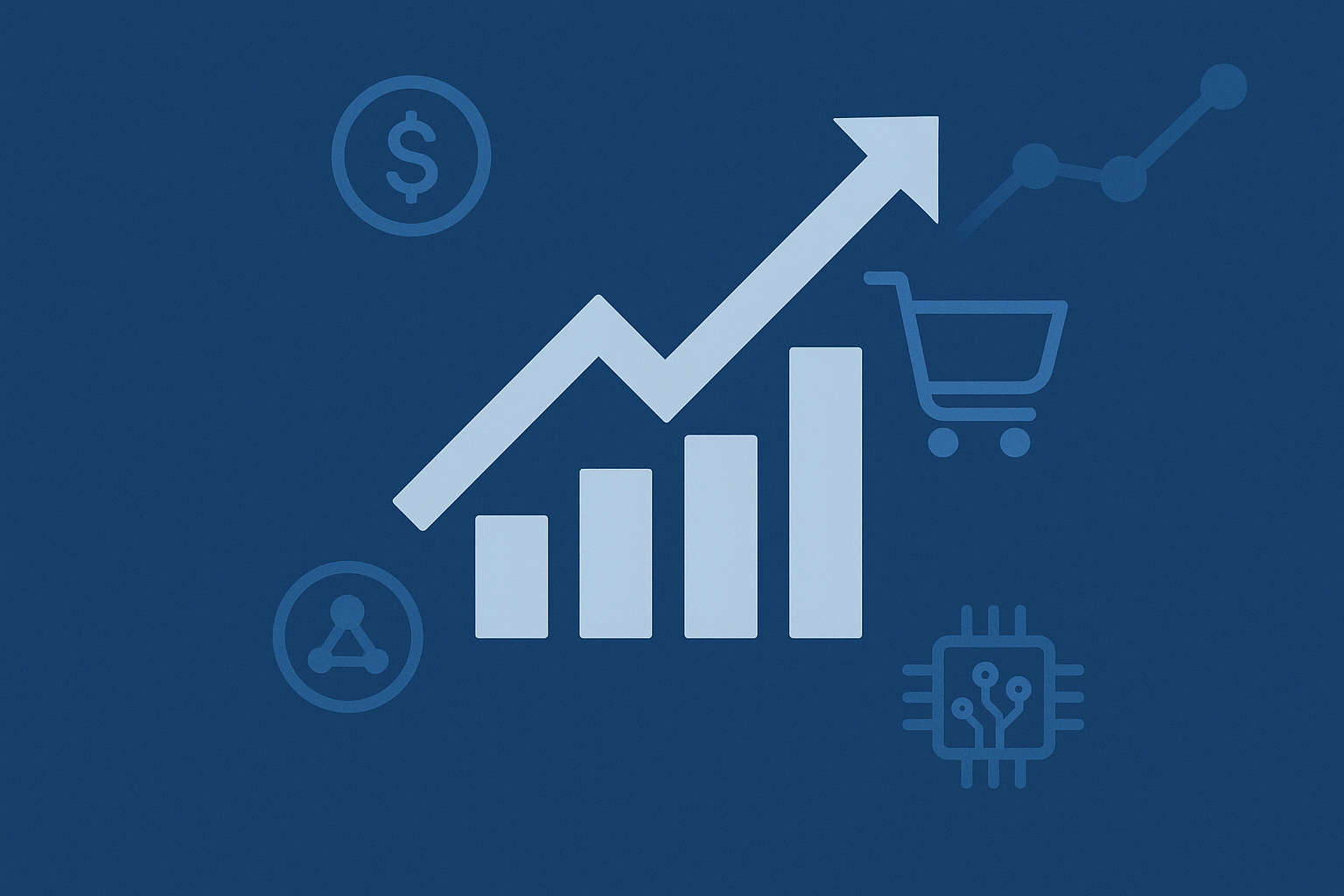
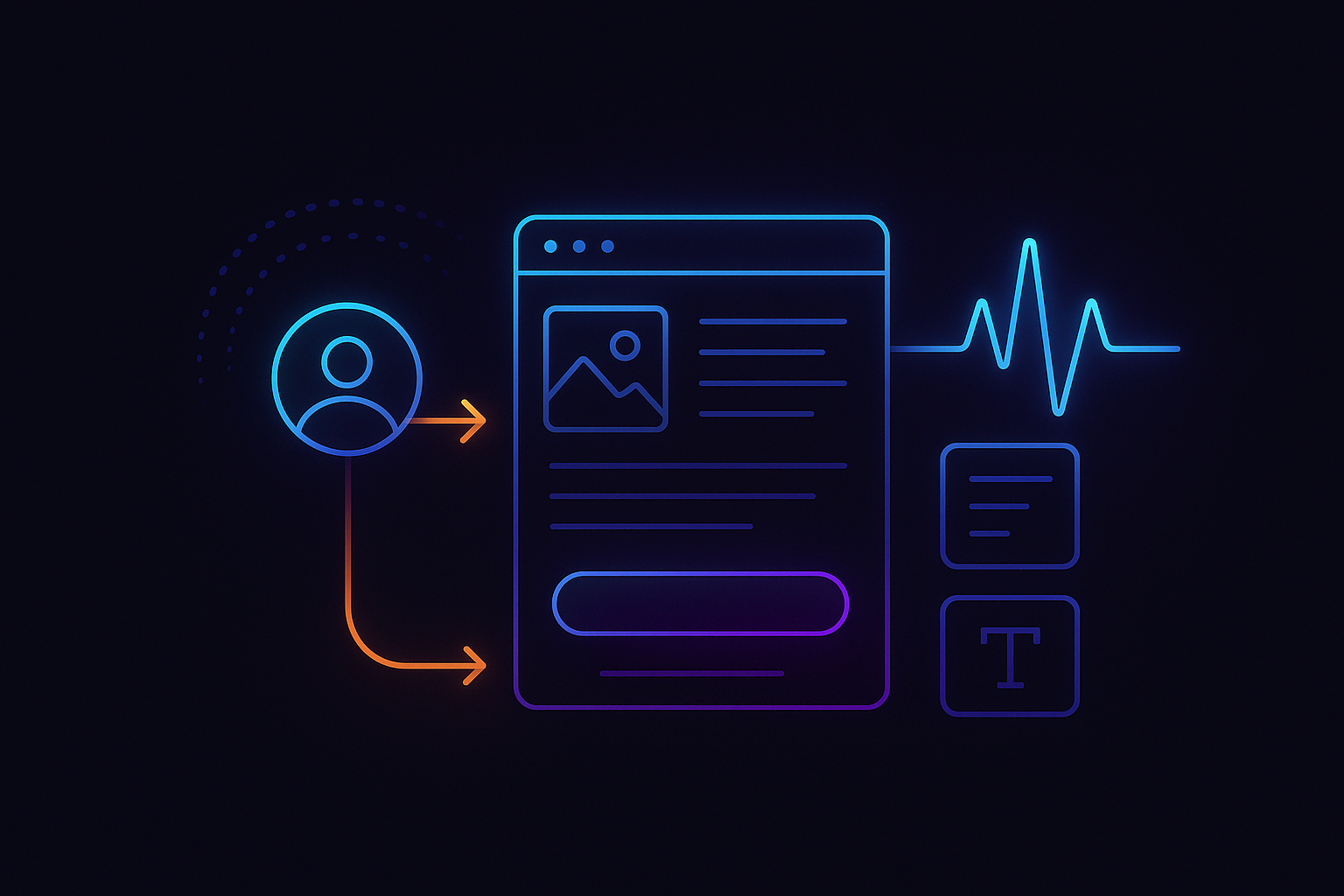
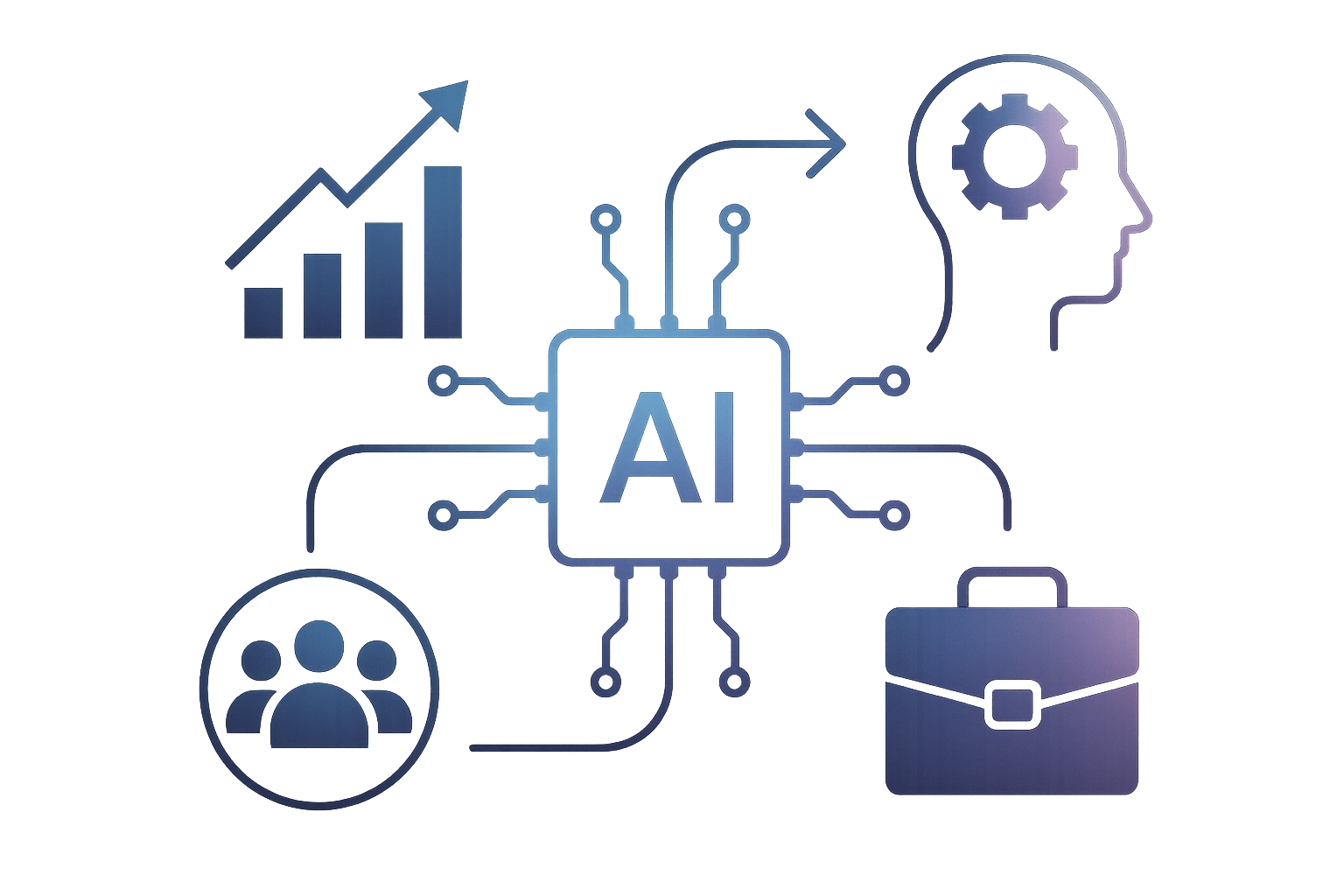


















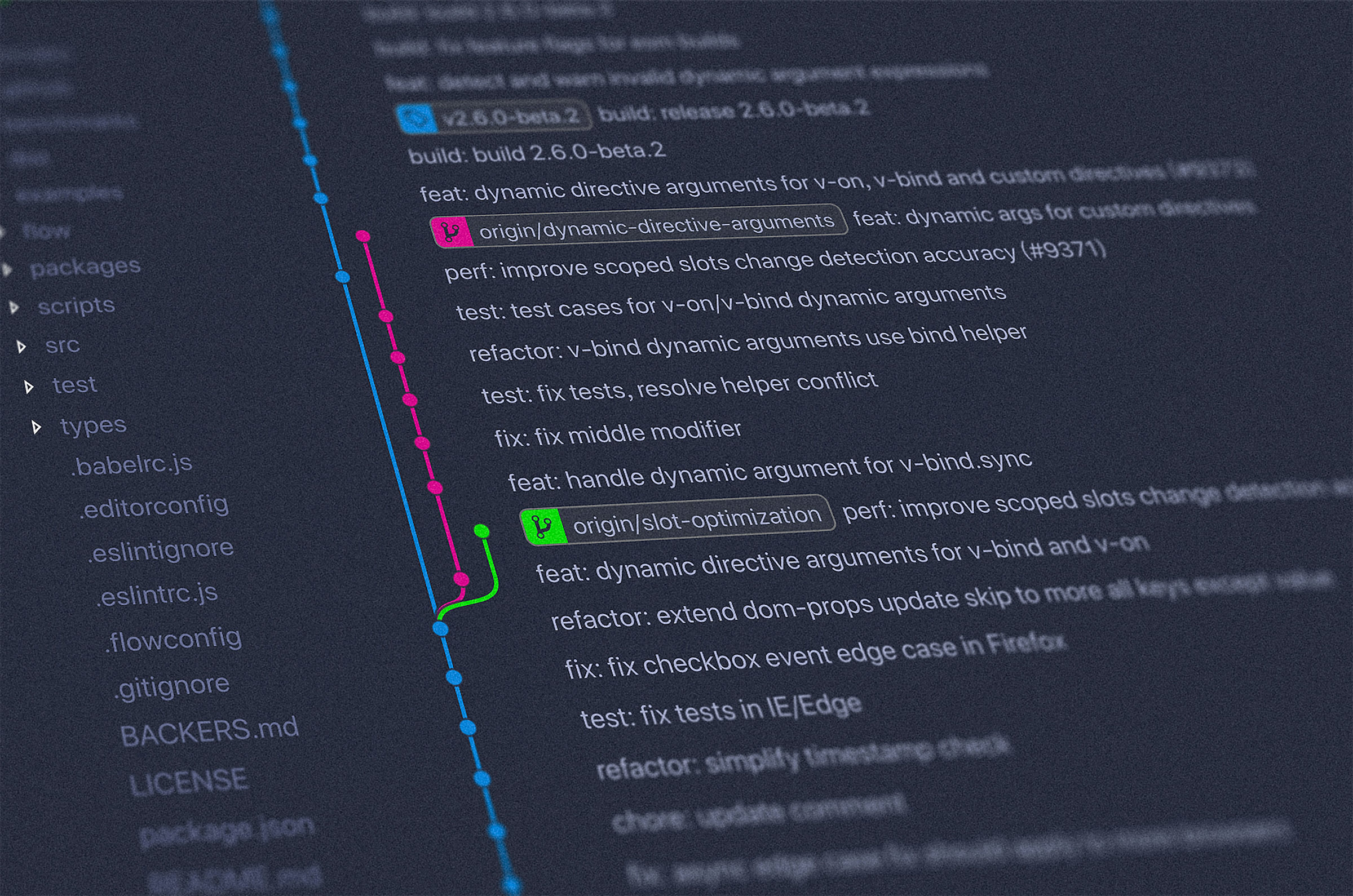






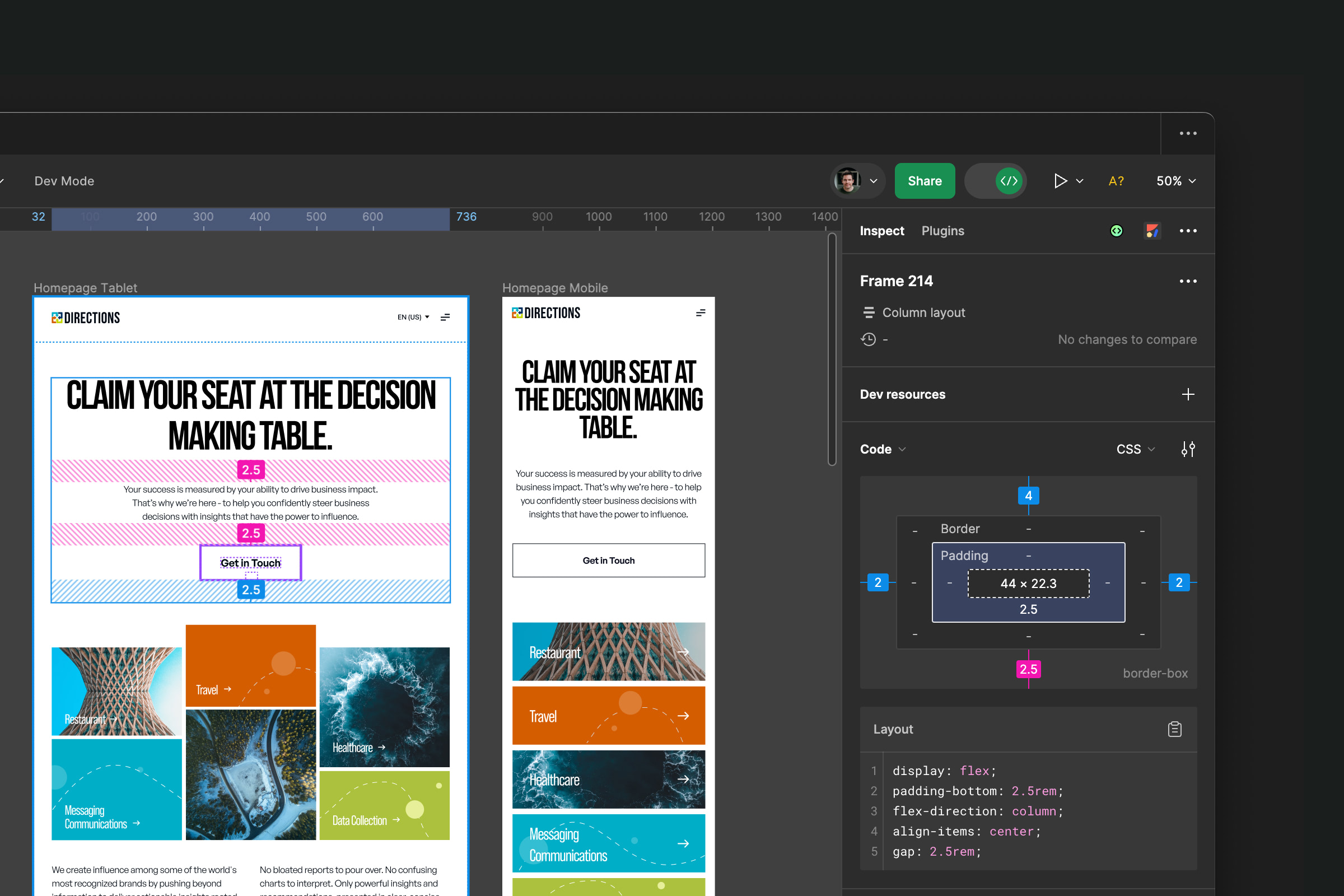






.jpeg)




.jpg)

.jpg)



.jpg)
